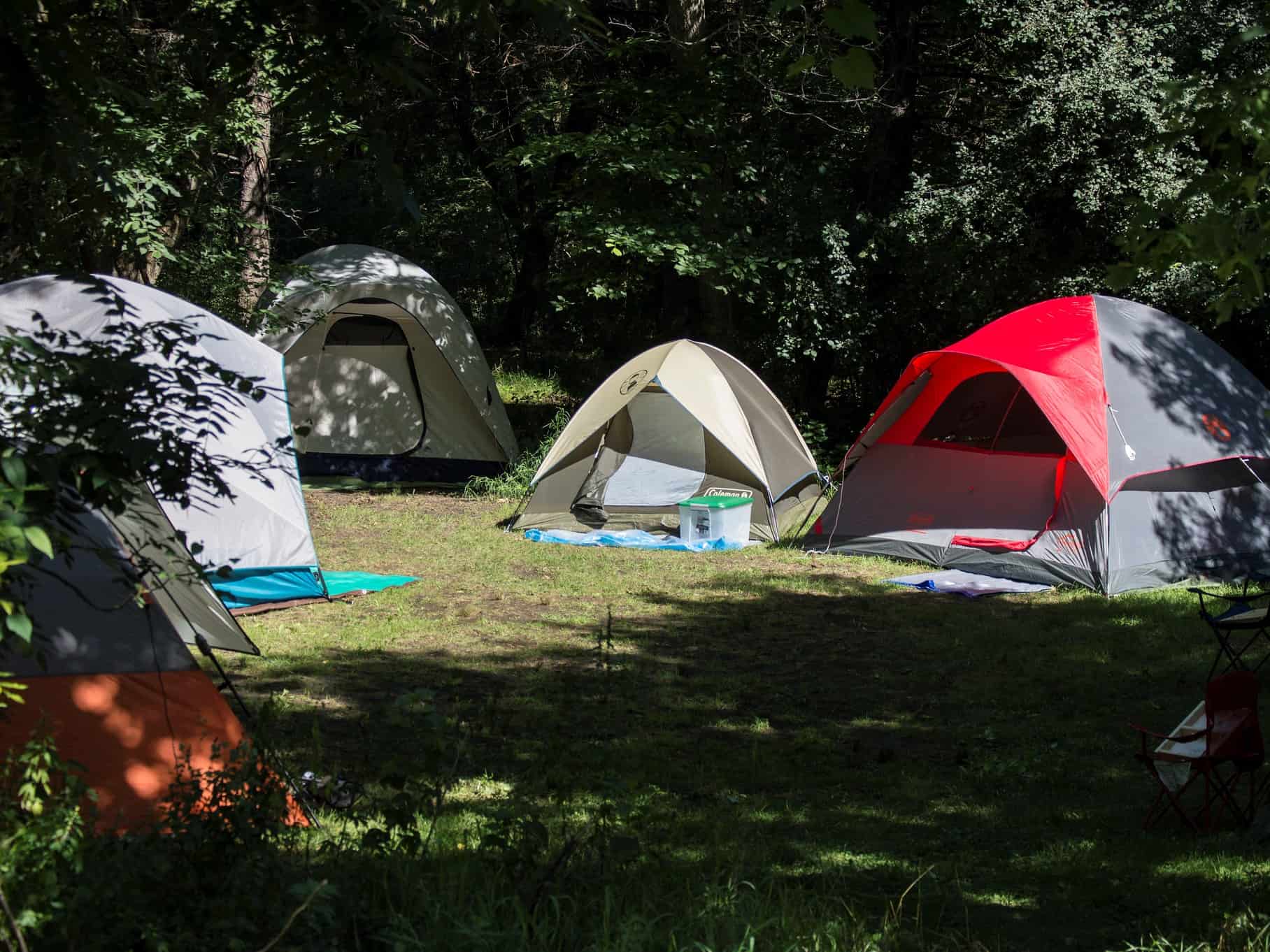Title Image Credit, Cabin Tent vs Dome Tent: Ian Buck | (source) | Attribution 2.0 Generic (CC BY 2.0) — reduced file size and image
Image Credit, Cabin Tent vs Dome Tent: Jimee, Jackie, Tom & Asha | (source) | Attribution-ShareAlike 2.0 Generic (CC BY-SA 2.0) — reduced file size and image
Image Credit, Cabin Tent vs Dome Tent: Eric Saavage| (source) | Attribution-ShareAlike 2.0 Generic (CC BY-SA 2.0) — reduced file size and image
Cabin Tent vs Dome Tent, Image Credit: Virginia State Parks | (source) | Attribution 2.0 Generic (CC BY 2.0) — reduced file size and image
Cabin Tent vs Dome Tent, Image Credit: Mary and Andrew | (source) | Attribution 2.0 Generic (CC BY 2.0) — reduced file size and image
Image Credit, Cabin Tent vs Dome Tent: Jason Eppink | (source) | Attribution 2.0 Generic (CC BY 2.0) — reduced file size and image
Image Credit, Cabin Tent vs Dome Tent: Kevin Teague | (source) | Attribution 2.0 Generic (CC BY 2.0) — reduced file size and image
Cabin Tent vs Dome Tent, Image Credit: Steven Miller | (source) | Attribution 2.0 Generic (CC BY 2.0) — reduced file size and image
Cabin Tent vs Dome Tent, Image Credit: Brian Holsclaw | (source) | Attribution-NoDerivs 2.0 Generic (CC BY-ND 2.0) — reduced file size and image
Image Credit, Cabin Tent vs Dome Tent: Michael Coghlan | (source) | Attribution 2.0 Generic (CC BY 2.0) — reduced file size and image

